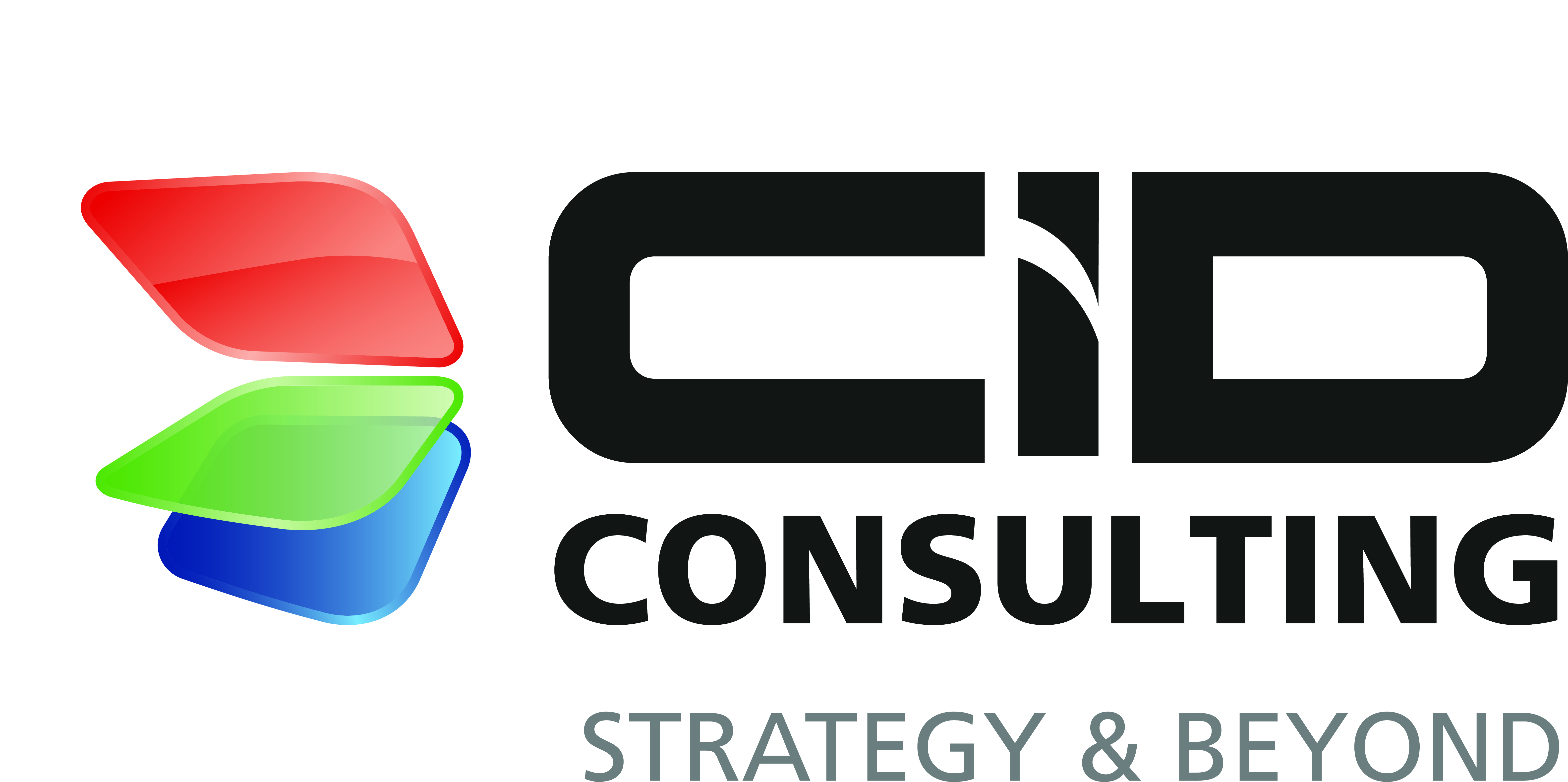
In 2020, GIZ Egypt needed to design a full-fledged communication strategy for the third phase of the Employment Promotion Project (EPP III). Aiming to support the technical education reform in Egypt, EPP III works in direct partnership with the Ministry of Education & Technical Education (MoETE), but also interacts closely with a range of players at various levels of the Technical and Vocational Education and Training (TVET) ecosystem. One of the greater challenges faced by the EPP III team was reaching a streamlined communication framework to connect the many project stakeholders, partners and beneficiaries under a clear and unified project persona and mission. The project needed to communicate in a way that not only accommodates the different operating models, priorities, and attitudes of all the parties involved, but also establishes synergies built on a clear understanding of their respective and complementary roles in the success of EPP III. As such, the Marketing & Communications team at CID Consulting was tasked with crafting the language, messaging, and tactics that cater to different constituents while communicating the overarching mission of serving the Egyptian student and jobseeker. The project needed to position itself with a clear purpose that resonates at the government level, among private sector employers, and in communities, classrooms, and employment offices.

Our engagement focused on adopting a stakeholder and beneficiary-driven approach in order to cater to diverse communication needs. Since the TVET sector is undergoing extensive reforms, we conducted a holistic and integrated stakeholder mapping exercise to identify and analyse the influence and impact of all relevant stakeholders. This was followed by initiating in-depth interviews directly with the concerned government officials, private sector representatives, and students of technical and dual education. Through these discussions, we gathered rich insights about the communication preferences and habits of target groups, shedding light on their perceptions, information gaps, misconceptions, and even personal challenges and ambitions that shape their priorities and interests. This information was analysed thoroughly to draw key learnings that guided the creative design of tailored messages, tonality, and outreach tactics. These learnings also guided the design of new communication tools, including the content development and design of a project infographic sheet, as well as a list of sensitive questions and answers, which provide further clarity to various stakeholders, whose buy-in is integral to its success. Our methodology leveraged a participatory approach that engaged the project team in the creative process of crafting the key messages, therefore fostering a sense of ownership and a unified vision for the project. To achieve this, we designed and delivered a collaborative workshop to create the space for collective brainstorming, discussions, and gamified activities to help different technical teams align on a holistic identity and messages for the project. It was equally important for us to support the project in highlighting its historical impact and credibility in the TVET sector, starting with Mubarak Kohl in the 1990s. We achieved this by identifying creative tactics through which to communicate the project’s historical relationship with the Ministry, dedicated to improving technical education and employment outcomes, whether through curricula development, teacher training, private sector integration, or labour market information.

Leveraging our stakeholder and beneficiary-driven approach, we developed a comprehensive communication strategy that will guide the project’s communication strategy and implementation for the coming three years. The collaborative approach created alignment and cohesion amongst the project team, regarding EPP III’s core value proposition, key stakeholders, and areas of synergy. This aided the creation of a holistic identity to inform the communication strategy, which included not only the strategic direction, but also guidance with on-ground implementation of the communication tactics, such as the resources needed and expected impact of proposed outreach activities. In addition to the strategy, CID built on the stakeholder insights to create new communication materials. For example, we created the project infographic using a refined approach of positioning the project through a service delivery lens, i.e., highlighting its impact on the ground through its technical activities. From the in-depth discussions, we also inferred a list of sensitive questions that are likely to be asked, thereby guiding the project team on how to answer these questions appropriately according to the interests and perceptions of different audience groups. Our engagement catalyzed dialogues with key stakeholders and beneficiaries which were previously disengaged from the communication design, aiding in unprecedented clarity and transparency in the flow of information and perspectives regarding EPP communication. Our team designed innovative tactics that will support the project in strengthening community engagement, spreading success stories, beneficiary voices, and highlighting project achievements and impact. By collaboratively identifying the project’s essence and identity, the strategy we created offered long-term, trusted guidance to the project’s team, ensuring sustainability and self-dependency for ongoing communication with ecosystem players.

.png)









